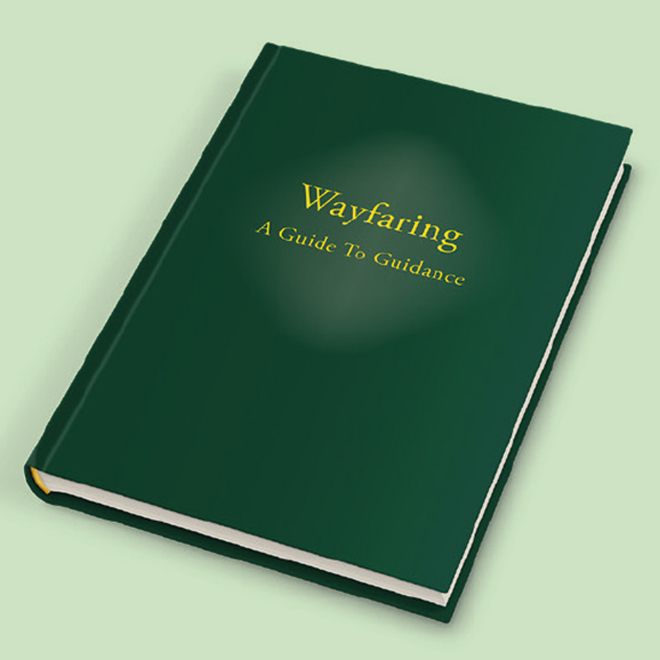Thought for the Week: 170 years of the Friend
Ian Kirk-Smith reflects on 170 years of the Friend magazine
One hundred and seventy years ago, in 1843, a group of Quakers launched an independent magazine. The Friend has been on an interesting voyage since then. It is ironic to note, for me as an Ulsterman, that the decision to start a new publication was prompted by ‘the circulation that was obtained for The Irish Friend’. The closing down of that journal provided an opportunity for the Friend to emerge. Incidentally, a number of other publications were also launched in 1843. One of them was the News of the World. The Friend and The Economist still survive.
